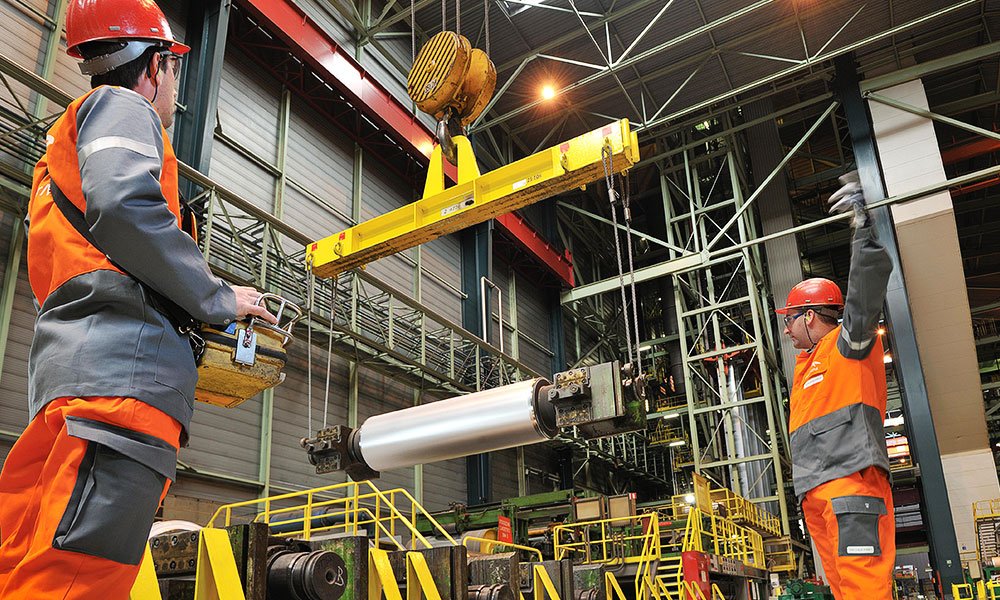
Increasing the world’s need for aluminum five years ago
Fitches Solutions, an international analyst, reports the increase in global aluminum demand over the next few years. The increase in demand is a result of the growth of the construction industry and the increasing use of the metal in the automotive industry. The automotive industry sees aluminum as a viable alternative to steel, leading to a reduction in vehicle weight. Fitch also predicts that the global aluminum market will face a sustained shortfall between the ages of 1 and 2 (2 to 4 solar years). In addition to manufacturing and automotive, the aerospace industry is also among the industries that are growing demand for aluminum in key markets. Aluminum is also a good alternative to steel in this industry and is more environmentally friendly than metal. Fitch also notes several significant deals between automotive and aerospace manufacturers with aluminum manufacturers, saying that these deals have led to increased demand and weak supply over the past few years. An example of such contracts was signed in the year 6 (Solar) between the American company Arkonic and the Japanese company Toyota. Under the deal, Arkonic, which works in light metal engineering and manufacturing, has pledged to supply Japanese automakers with aluminum for several years. China’s aluminum output will decline in the coming years. The decline comes as a result of pressure the government is putting in place to tighten environmental laws. As a result of these austerity, the production of this metal in China is more costly and will be less expensive than before. China has always been the largest producer of primary aluminum in the world. According to data published in the English Wikipedia, the country produced 3.5 million tons of primary aluminum in the second half of the year (mid-January to mid-January). That year, however, the world’s total primary aluminum output was 3.7 million tonnes. However, Fitch predicts that China’s aluminum output will continue to grow gradually over the next few years, from 3.7 million tonnes this year (1) to 3.7 million tonnes per year (6 solar). These figures represent an average growth rate of 1.2 percent per year. In the past five years, however, China’s average aluminum output growth was 4.9 percent per year. However, China will remain the driving force behind global aluminum production and will produce half of the world’s aluminum product in the next few years. Fitch notes that aluminum companies and metal producers will continue to have solidarity in the US, EU and China automotive markets, and the growing trend of these markets will provide greater opportunity for the metal, however, and As aluminum makers are expected to continue to be in solidarity with the consumer industry for a long time, the rise in aluminum prices is indicative of rising winds. Aluminum prices rise as automakers try to cut production costs. And finally, Fitch analysts predict that world aluminum consumption will grow from 3.7 million tonnes this year to 4.7 million tonnes a year. These figures show an average growth rate of 1.2 percent per year. The desire of companies active in the automotive and aerospace industries has not only led to increased demand for aluminum. In general, these days the market for any mineral that reduces the weight of cars and aircraft is hot. Losing weight on aircraft and cars can lead to a significant reduction in fuel consumption. As a result of this approach, the aerospace industry is even considering replacing aluminum with scandium-aluminum alloys. If this happens, demand for the alloy may rise to about 2 tonnes per year, while current world consumption of scandium oxide is about 2 to 3 tonnes per year, as well as the use of scandium alloys to replace a small amount of Aluminum used in machinery increases the automotive industry’s need for scandium and has the potential to increase the demand for the metal by more than 3 tonnes per year by 2 years.
